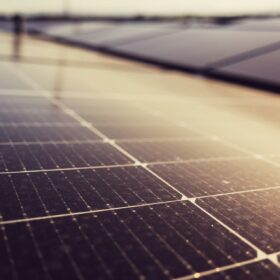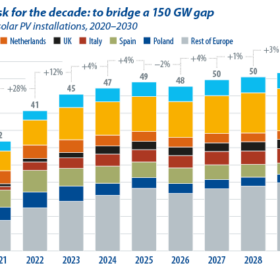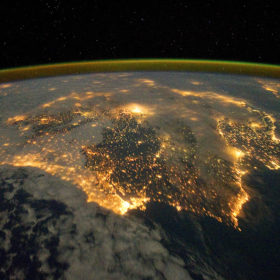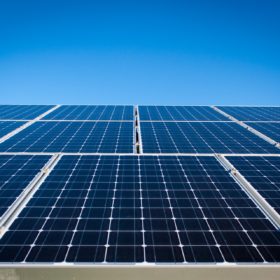Solarcentury Africa gets green light for 60 MW of merchant PV in Namibia
Solarcentury Africa and SolNam have secured a generation licence from Namibia’s Electricity Control Board (ECB) to build a 60 MWp solar project in the southern part of the country.
The year it all changed
The European solar landscape changed forever in 2022 and managing the supply chain, grid, and permitting constraints will be key to a solar-dominated energy future for the continent.
Philippines developer set to double solar portfolio
Raslag Corp. has said its Raslag III merchant solar site will be up and running in May.
SolarPower Europe calls on Italy to abandon measure introduced to halt rocketing energy price
Mario Draghi’s administration has replaced market-driven electricity prices for the rest of the year and replaced them with tariffs based on historical averages. With solar plant operators among those affected, the European trade body for PV is not amused.
Portuguese solar plants – tendered and merchant – remain in limbo
One of the first items in the in-tray of the country’s new Socialist Party government must be to unblock Portugal’s seemingly huge appetite for PPA-backed merchant solar sites and to deliver the PV projects which were tendered by the authorities, to global acclaim, in 2019 and 2020.
UK government asks how future renewables incentives should work
The success of unsubsidized clean power facilities in the country – whether driven by corporate power purchase agreements or selling direct to the wholesale electricity market – has prompted the Department for Business, Energy and Industrial Strategy to ponder whether contracts-for-difference payments will be fit for purpose in the years ahead.
What is the UK government’s problem with solar?
You’ll need to pay close attention to find the few mentions of solar in the long-awaited White Paper issued by the government to outline how it plans to hit net zero by mid century.
End of subsidies could fuel the corporate PPA boom in Europe
Pioneering solar projects which signed ten-year feed-in tariff agreements will soon need to operate free of subsidy and with local authorities like the City of London starting to embrace direct contracts with renewables generators, the PPA market could be set for another turbo charge.
World could add more than 900 GW of solar by 2025 if politicians grasp the nettle – IEA
With the International Energy Agency publishing its latest five-year clean energy forecast today, pv magazine takes a look at the solar content of the 162-page document.
Another two merchant solar projects secure financing in Australia
Netherlands-based renewables developer Photon Energy will build two PV plants totaling 14 MW in the Riverina region of southern New South Wales (NSW). The two projects will feature bifacial PV modules mounted on single-axis trackers and will supply the produced electricity to the spot market.









